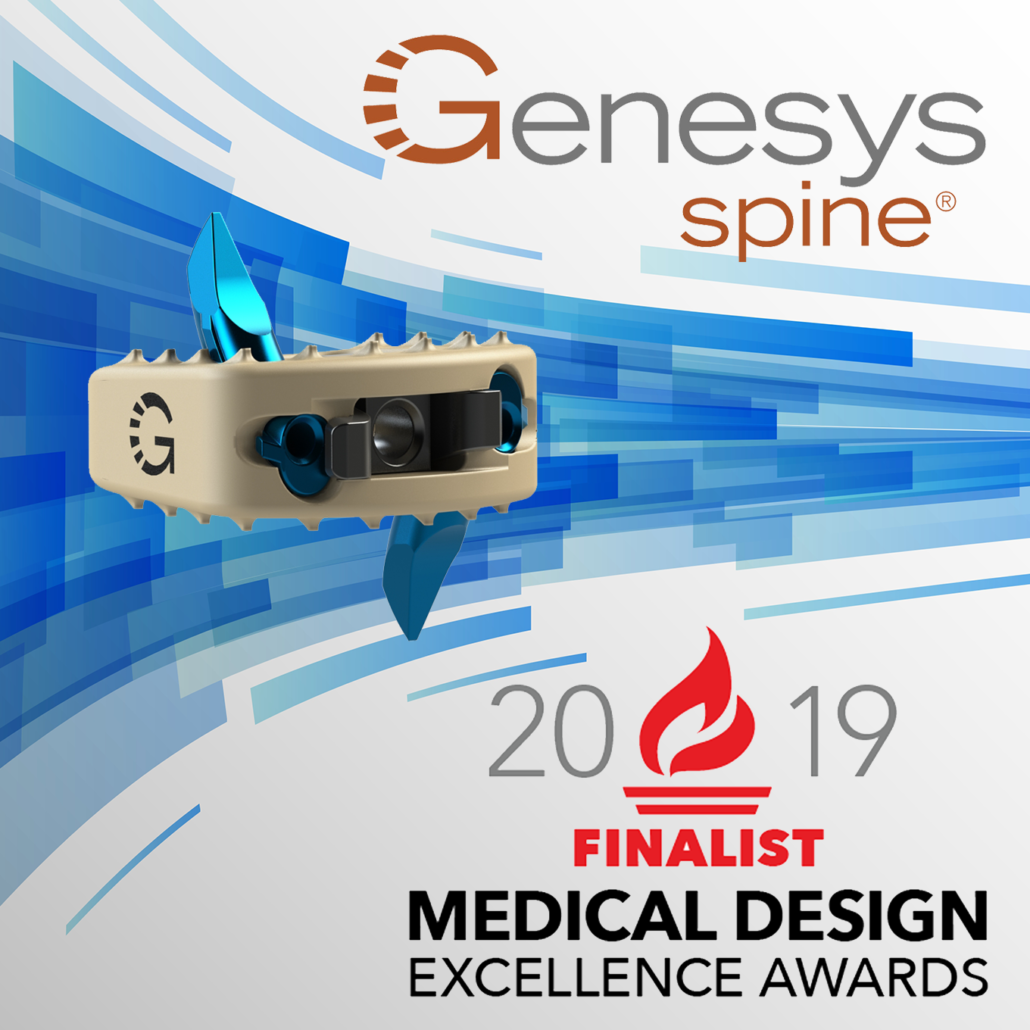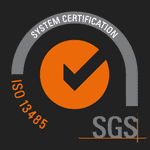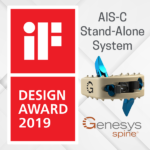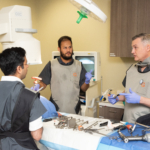AIS-C Stand-Alone System Honored as a Finalist in the 2019 Medical Design Excellence Awards
Genesys Spine is pleased to announce that the AIS-C Stand Alone System has been selected as a finalist in the Implant & Tissue Replacement Products category of the 21st Annual Medical Design Excellence Awards competition. The 2019 winners will be announced at the MDEA Ceremony on Tuesday, June 11, 2019 in conjunction with the MD&M East event.
The MDEA are the medtech industry’s premier design competition committed to recognizing significant achievements in medical product design and engineering that improve the quality of healthcare delivery and accessibility. The awards program celebrates the accomplishments of the medical device manufacturers, their suppliers, and the many people behind the scenes—engineers, scientists, designers, and clinicians—who are responsible for the cutting-edge products that are saving lives; improving patient healthcare; and transforming medtech—one innovation at a time.
“The entire Genesys Spine team is honored and grateful to have the AIS-C Stand Alone System named as an MDEA finalist. This selection justifies all of the hard work that our team members have done to bring next generation solutions to the spinal fusion market.” Scott Bryant, Principal
The 2019 MDEA Juror Panel selected 46 exceptional finalists in nine medical technology product categories. Products were judged based on design and engineering innovation; function and user-related innovation; patient benefits; business benefits; and overall benefit to the healthcare system. Unlike other design competitions that are merely styling contests, the MDEA jury is comprised of a balance of practicing doctors, nurses, and technicians alongside industrial designers, engineers, manufacturers, and human factors experts.
About the AIS-C Stand-Alone System
This system is a novel, non-screw based, zero-profile, direct-anterior stand-alone interbody system for the cervical spine. It was designed to provide the greatest ease of use to the surgeon at every step of the procedure. The direct anterior approach allows for a smaller, mid-line incision. The system utilizes quick, simple, non-impacting Anchor insertion – there is no need for an awl or drill. The system can be easily revised or removed – use of the removal instruments allows the locking mechanism to be defeated so the Anchor(s) can be extracted.





